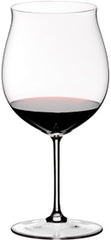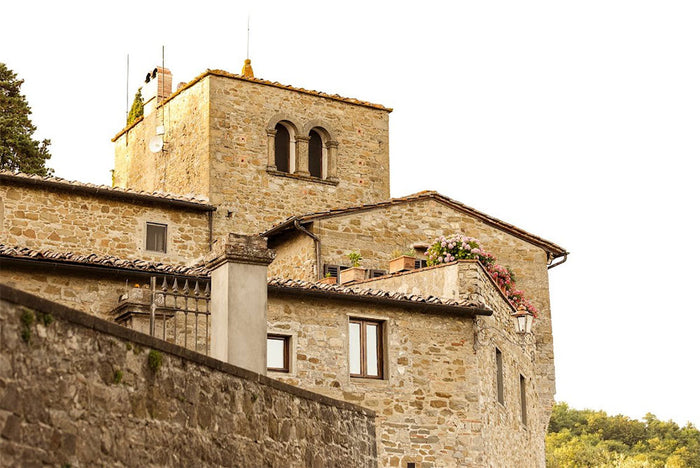Awards

Perfume

Color

Taste
Serve at:
18 - 20 °C.
Longevity:
05 - 10 years
Decanting time:
1 hour

- Start up year: 1979
- Oenologist: Alessandro Gallo
- Bottles produced: 750.000
- Hectares: 125
This is demonstrated by the interest of the Samminiati who, at the beginning of the 17th century when the male line of the Acciaiuoli had become extinct, took possession of Pian d’Albola thanks to the marriage between Ascanio Samminiati and Caterina Acciaiuoli. When Samminiati died, the property one again passed through a marital alliance to the Pazzis, one of the most noble and ancient Florentine families, who in fact kept it until the middle of the 19th century.
For the next hundred years Pian d’Abola, which in the general census of Chianti in 1832 was declared as one of the very few self-sufficient estates anywhere in the area, passed through several hands until 1940, when it was acquired by Prince Giovanni Ginori Conti. Forty years later it became the property of the Zonin Family, which initiated its second Renaissance. Read more


| Name | Castello Albola Chianti Classico Riserva 2021 |
|---|---|
| Type | Red organic still |
| Denomination | Chianti Classico DOCG |
| Vintage | 2021 |
| Size | 0,75 l |
| Alcohol content | 14.0% by volume |
| Grape varieties | 95% Sangiovese, 5% Canaiolo Nero |
| Country | Italy |
| Region | Tuscany |
| Vendor | Castello di Albola |
| Origin | Radda in Chinati (Siena) |
| Soil composition | On the hills of Radda in Chianti, in Pian d'Albola, at an altitude of around 400 metres, is the vineyard, with southern exposure, located on soils of good structure and clay texture characterised by the presence of skeleton (the famous alberese found throughout the Chianti Classico area). |
| Cultivation system | Spurred and double cordon. |
| Plants per hectare | 3,500 vines per hectare |
| Yield per hectare | 6,000 kg/hectare |
| Wine making | The must, obtained from hand-picked grapes, is fermented in horizontal fermenters, where it stays for about 3 weeks. Once malolactic fermentation is complete, the wine is immediately placed to age in oak barrels. |
| Aging | The process lasts 20 months: 10% of the wine rests in Allier oak barriques and 90% in traditional Slavonian oak barrels. This is followed by 12 months of ageing in stainless steel containers and a further six months in the bottle. |
| Allergens | Contains sulphites |







